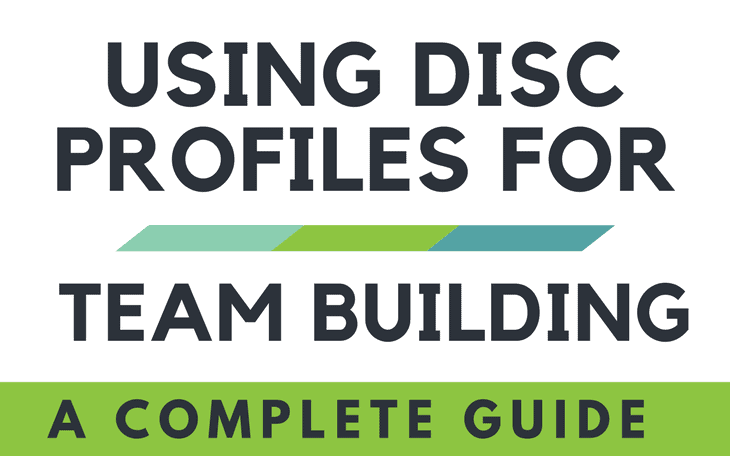
Have you ever tried to understand someone else’s behavior when they act in a way you never would? People can be perplexing to understand and frustrating to communicate and deal with. In an attempt to better understand each other, people throughout history have developed personality theories, models and assessments to help explain how and why people do what they do.
Whether in school, in the workplace or on social media, you’ve likely encountered personality profiles. Some commonly used ones are the Myer Briggs Type Indicator (MBTI), DISC assessment, Enneagram and the Big Five.
These assessments are excellent tools to help you learn more about your behavioral styles and preferences, how you tend to act when under pressure and how you relate to others. Increasingly, organizations are using personality tests in the workplace. Dori Meinert at the Society of Human Resource Management (SHRM) found that some 60% of workers are now asked to take workplace assessments, with companies using the tests for hiring and career development.
In this guide, we will explain what personality assessments are and specifically, how DISC profiles work. We will also provide useful tips on how to incorporate the DISC profiles into team building.
You will learn:
- What personality tests are
- What the DISC personality assessment is
- How to use the 4 DISC personality styles as a team building exercise
- Tips for delivering team building activities using the DISC profiles
Introduction to Personality Tests
According to The Institute of Psychometric Coaching, personality tests aim to measure your personality and behavioral style through a self-reported questionnaire. The questions tend to be covert (i.e. it is not evident from reading the question what the response measures), and then, your answers form a personality profile. There are no correct or wrong answers when it comes to personality tests. Instead, your answers provide predictions about how you will respond in different situations.
There are over 30 different personality tests listed in Wikipedia. Each measures different things and provides different end-results. For instance, the Holland Codes (RIASEC) test aims to match personality types and jobs whereas the Sixteen Personality Factor Questionnaire (16PF) focuses on measuring 16 personality factors in 5 dimensions and provides a profile of an individual’s disposition.
Why take a personality test? From an individual’s point of view, a personality assessment makes you think about yourself… how you tend to behave, what your preferences are, and how you interact with the world and people around you. It’s a way to learn more about what makes you tick.
When using a valid and reliable, the results of a personality profile often immediately resonate with them and make them say, “Yes, that’s me!” But no matter how the individual responses to the results, the personality profile report is useful as it provides description of the person’s motivators, fears, strengths and challenges, which leads to self-reflection and growth.
From an organizational perspective, personality assessments can provide a company with additional information on potential hires and existing employees. In situations where collaboration and teamwork are necessary for success, understand each employee’s natural tendencies can help with role definition, project assignments,team formation and hiring. The personality styles can also be used to build an engaging work environment.
There are several reasons why personality profiles are popular in the workplace. These tools can:
- Reveal an individual’s potential strengths and weaknesses
- Be used to leverage an individual’s natural gifts and minimize blind spots within a team setting
- Help assess a candidate’s suitability for a role
- Help determine if a candidate would fit the company culture
- Be used by leaders and managers to help coach their team members
The DISC Personality Assessment
One of the most used personality tests in the corporate world is the DISC assessment. The foundation of the test can be traced back to American psychologist William Moulton Marston.
In the 1920s, Marston developed a theory about our emotional responses to different stimuli. Out of the theory came a four-dimensional model anchored by four emotions: Dominance, Influence, Submission and Compliance. Marston’s model was refined by Dr John Geier in the 1970s when he authored the DISC Personal Profile System. Over time, the words behind the letters D-I-S-C have been changed to other words such as Dominant, Interactive or Influencing, Supportive or Steady and Conscientious or Compliant.
Typically, a DISC profile is based on a questionnaire consisting of between 24 to 28 questions. In each question, the individual is given four words and must select one word that describes them most and one word that describes them least.
Once the questionnaire is completed, a graph is produced that shows the individual’s overall DISC pattern. The idea behind DISC personality styles is that we are just not just one type, but a mix of all four dimensions. That said, most people have a preferred style – a dimension that is most natural to them. This natural style is easy to display. Styles that score lower on the graph take more energy to display.
Usually, a DISC assessment will yield three graphs for an individual. One graph represents “the mask,” which is the public self that other people see. The second graph represents “the core,” which shows how the individual naturally responds to pressure and stress. The third is “the mirror,” which shows how the individual perceives their own behavior. The graphs can be quite similar or very different, depending upon the person.
So what exactly do the four dimensions mean? To make the styles easier to understand and remember, Merrick Rosenberg, CEO of Take Flight Learning, came up with a novel way to explain the DISC styles in his book, The Chameleon: Life-Changing Wisdom for Anyone Who Has a Personality or Knows Someone Who Does. In this book, he introduced an engaging and memorable way to relate the DISC styles to four birds:
- “D” refers to Dominant and is represented by an Eagle. They are daring, decisive, direct, and driven.
- “I” refers to Interactive and is represented by a Parrot. Parrots are imaginative, influential, intuitive and inspirational.
- “S” refers to Supportive and is represented by a Dove. Doves are sincere, steadfast, sympathetic and satisfied.
- “C” refers to Conscientious and is represented by an Owl. They are cautious, critical, concise, and consistent.
Rosenberg reinvented the DISC styles using the four birds to provide a more visual, easier-to-remember way to get people more engaged with the DISC system. The matching of each dimension with the respective bird fits in with our perceptions of how those birds typically behave, making it easier to retain the information through associative learning.
In the workplace, the DISC styles have many uses. They can be used in areas such as recruitment, deployment of staff, career development and team building.
Using DISC Personality Profiles in Team Building
Teamwork and collaboration essentially boil down to how well members communicate with each other, how each person adapts to different personalities, and how they operate as a unit. So how can the DISC system help teams perform at a higher level?
A high performing team is one that is diverse in their capabilities and aligned in their intention to achieve the same goals. Working well in a team means navigating the relationships between team members in a way that pushes the team forward. The DISC styles provide a framework with which to better understand the motivations and preferences of each individual in the team.
Each DISC dimension has a different role to play within a team structure. It is also about balance. Imagine a team full of Dominant Eagles. That would likely lead to a leadership struggle as each Eagle tries to assert his domination over everyone else! On the other hand, a team full of Conscientious Owls would be too risk-averse, too by-the-book and have problems transitioning from planning to action.
Each team has a different role or goal, and DISC can help your team be more effective. If you are forming a new team, then the DISC styles can help ensure that you have the optimal mix of Eagles, Parrots, Doves and Owls so that the team can be successful.
For existing teams, knowing each individual’s DISC preference makes everyone aware of each other’s style preferences. This awareness allows for people to adapt to each other. If your team seems to be stuck in the “storming” phase, you can use the DISC styles to communicate with your team members more effectively. Once you know their preferred DISC style (or which bird they are), you can better relate to them, appreciate their strengths and what they bring to the team, and be better equipped to help their develop professionally.
To learn more, The Chameleon is an insightful resource that can help you and your team better understand yourselves and each other. The fables in the book make it easy to relate those situations to real-life and make the DISC styles come to life.
Tips for delivering team building activities using DISC
The first step, of course, is to get your team members to complete a DISC assessment. There are several online resources that offer the test (some are even free!), but if you have a team building budget and want to use a statistically valid and realizable assessment, you may want to consider the Taking Flight with DISC assessment and training program. The program will help your team learning about themselves, each other and how best to work together to reach team goals. The program uses the four Birds — remember the Eagle, Parrot, Dove and Owl? — to ensure that the session is not just fun, but also memorable.
An important element of a team building session that uses DISC is the facilitation process. The DISC system provides a framework for which to have an open DISCussion about the personalities and dynamics in a team. This requires an effective facilitator, who can ensure that everyone contributes to the conversation, asks probing questions to deepen the conversation, etc. Check out our 10 Tips For Better Facilitation to level up your own skills.
When delivering a DISC-related team building activity, keep a lookout for how people are reacting to the activity. Team building activities, in general, can be quite stressful for some personality types and often people will stay quiet instead of expressing their concerns. These are typically the Conscientious Owls and Supportive Doves.
If there is someone who seems reluctant or unhappy to participant, you have the option of asking them to be “observers” instead. Their role would then be to watch the proceedings and share their observations with the group at the end of the activity. This is a great way to get people involved in team building without necessarily being active during the activity. It also gives participants more ownership.
Like this post? Pin to save it for your next team building session!
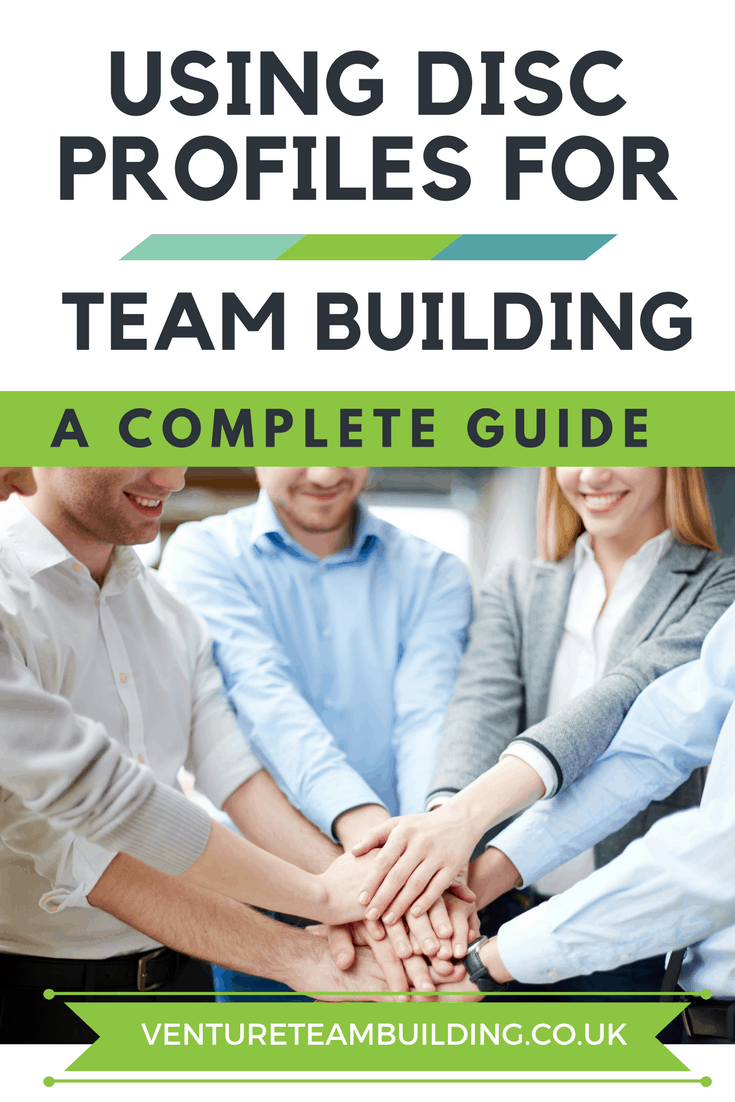
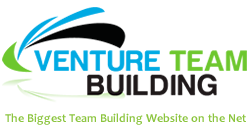
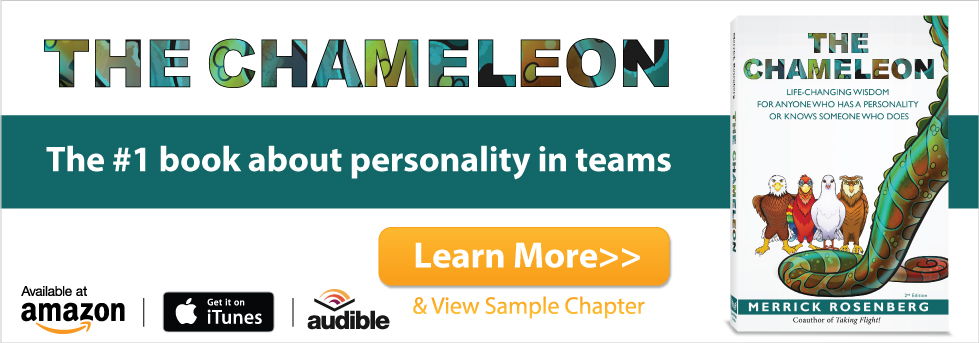

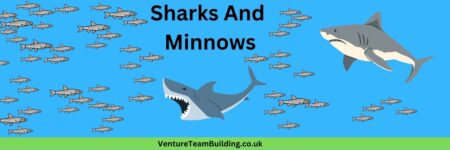
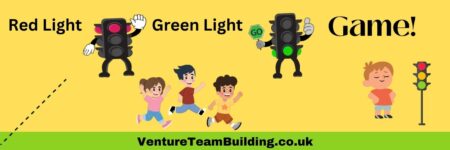
Magnificent website. Lots of useful info here. I am sending it to several friends ans also sharing. And naturally, thanks for your sweat!
Odis,
You’re Welcome. Glad you found it useful.
Very useful indeed. Best wishes.
Glad you liked it.